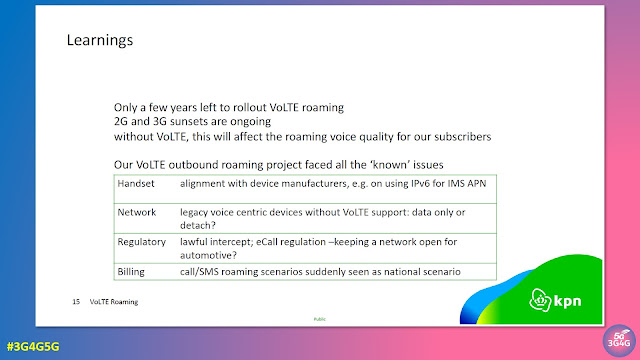Multi-band cells became very popular in modern RAN environment and beside many benefits they also come with some challenges for performance measurement and radio network optimization.
A multi-band cell consists of a default band that shall be used by UEs for initial cell selection and a set of additional frequency band carriers that typically become involved as soon as a dedicated radio bearer (DRB) for payload transmission is established in the radio connection.
The
exact configuration of a multi-band cell including all available frequency bands
is broadcasted in SIB 1 as shown in the example below.
Different from legacy RAN deployments where – to take the example of a LTE cell – a pair of PCI/eARFCN (Physical Cell Identity/eUTRAN Absolute Radio Frequency Number) always matches a particular ECGI (eUTRAN Cell Global Identity) the multi-band cell has many different PCI/eARFCN combinations belonging to a single ECGI as you can see in the next figure.
Now
performance measurement (PM) counters for e.g. call drops are typically counted
on the cell ID (ECGI) and thus, in case of mulit-band cells do not reveal on which frequency a radio
link failure occurred.
However, knowing the frequency is essential to optimize the radio network and minimize connectivity problems. More detailed information must be collected to find out which of the different frequency bands performs well and which need improvement.
This becomes even more interesting if multi-band cells are used in MORAN RAN sharing scenarios.
In my next blog post I will have a closer look at this special deployment.
Related Posts:
- The 3G4G Blog: How Multiband-Cells are used for MORAN RAN Sharing


















